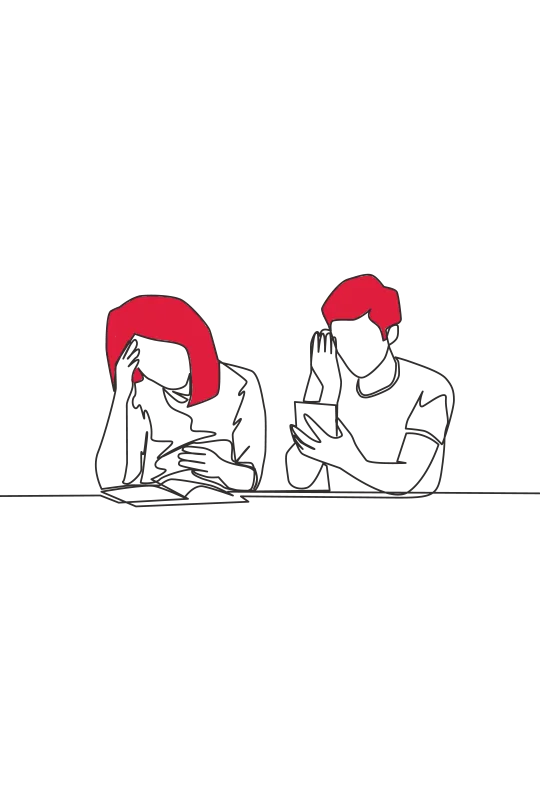Cash flow is imperative to business growth, development and survival. Slow paying debtors hinder this.
Alternative means of debt recovery may be pursued in order to minimize cash flow issues and any subsequent problems that may follow. These are briefly summarised below.



